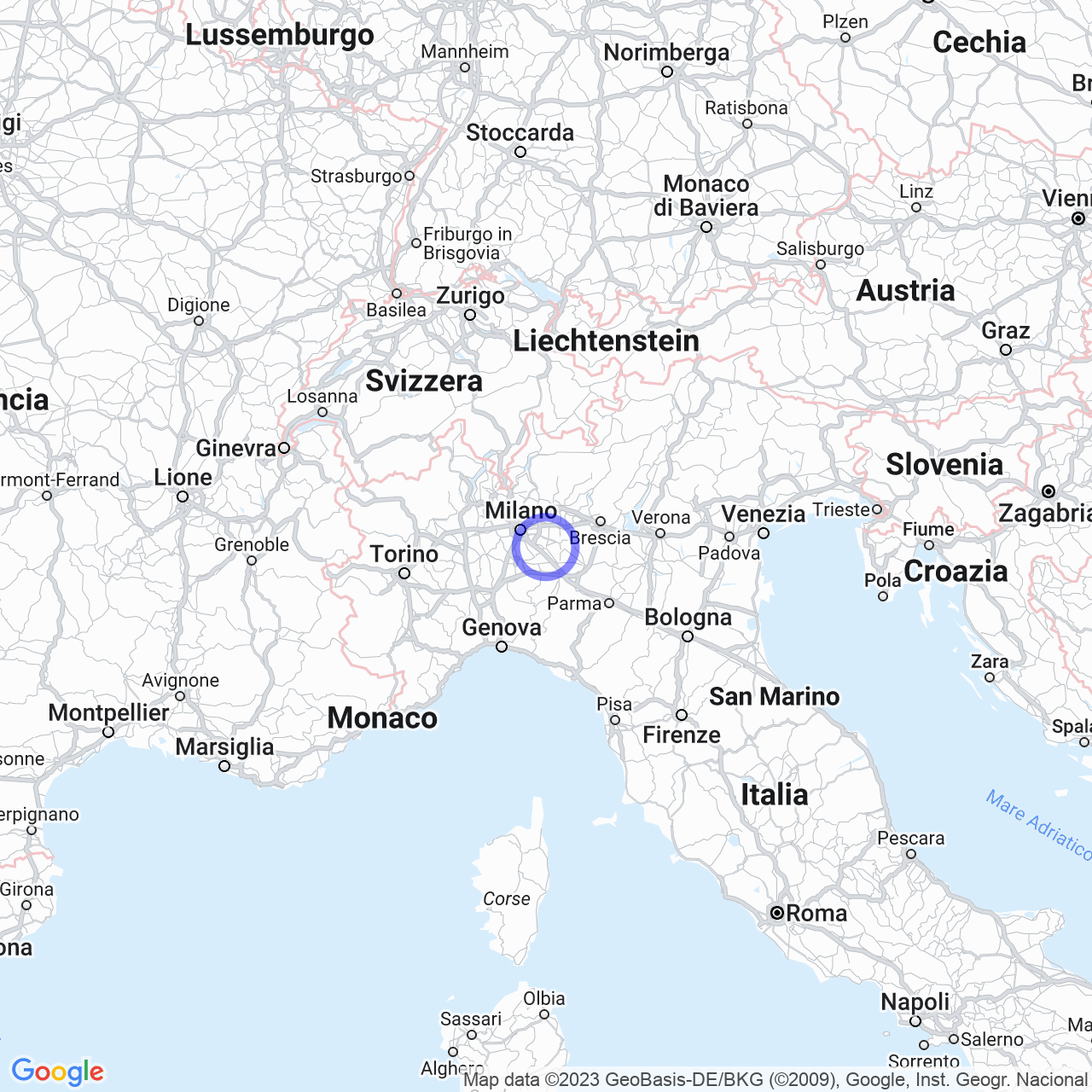Lodi
Welcome to Lodi, a city of history and industry
Hello everyone! Today I want to talk to you about Lodi, a wonderful city located in the fertile Po Valley. With its 44,692 inhabitants, it is the capital of the province of Lodi, in Lombardy. Despite being a relatively small city, Lodi is an important industrial center in the cosmetics, craft and dairy production sectors. Moreover, it is famous for its ancient history and artistic and cultural beauty.
Let's discover the history of Lodi
The city of Lodi was founded in 1158 by Frederick Barbarossa, following the destruction of the ancient town of ''Laus Pompeia''. Over the centuries, Lodi experienced a period of great artistic and cultural splendor during the Italian Renaissance. In 1454, it hosted the signing of the historic treaty between the Ancient Italian States known as the Peace of Lodi. Lodi has some important monuments, including the Lodi Cathedral, the Civic Temple of the Blessed Virgin Incoronata, the Church of San Francesco (Lodi), the Church of Sant'Agnese (Lodi) and Palazzo Mozzanica. Lodi is one of the art cities of the Po Valley and offers many tourist options.

Industrial activities in Lodi
Lodi is an important industrial center, with a strong presence of companies in the cosmetics, craft and dairy production sectors. Furthermore, the city is the reference point of a territory mainly devoted to agriculture and breeding. Precisely because of this peculiarity, Lodi was chosen as the site of the veterinary medicine faculty of the University of Milan, as well as the Padano Technology Park, one of the most qualified research institutes in Europe in the field of agro-food biotechnology.
The geography of Lodi
The territory of Lodi covers an area of about 41.68 square kilometers and is located in the central-southern part of Lombardy, in the area known as the "Bassa padana". The oldest nucleus of the city rises on the Eghezzone hill, a hill of approximately trapezoidal shape located on the right bank of the Adda river; the rest of the center is partly on a morphological terrace created by the erosion of the river, and partly in the floodplain. The territory of the municipality is between 65 and 80 meters above sea level.
The nature of Lodi
The municipality of Lodi is crossed by the Adda and numerous other watercourses, including the Muzza canal, the Bertonica rogge and the Molina rogge. In the past, the city of Lodi was bathed by Lake Gerundo: the territory was largely marshy and unhealthy, but thanks to hydraulic engineering works and the work of the Cistercian and Benedictine Order, it was reclaimed and transformed into one of the most fertile regions in Europe. Agriculture is also favored by the abundant irrigation of numerous springs.
Lodi in the 21st century
In addition to industrial and agricultural activities, Lodi is also developing in the tertiary and tourism sector. The city, with its important monuments and its gastronomic offerings, is a reference point for many tourists. The people of Lodi are also passionate about sports, including football, volleyball and basketball. Lodi has numerous teams that participate in regional and provincial tournaments.
Conclusions
In conclusion, Lodi is a city that can offer a lot to its visitors. Its ancient history and artistic and cultural beauty are just some of the reasons why it is worth visiting. Industry, agriculture and nature make Lodi a unique and interesting city. I hope you enjoyed this short guide to the city of Lodi!
